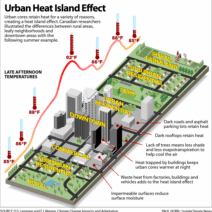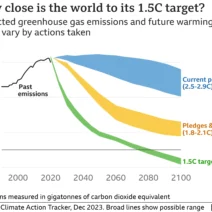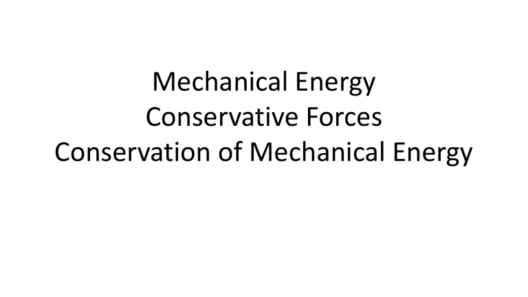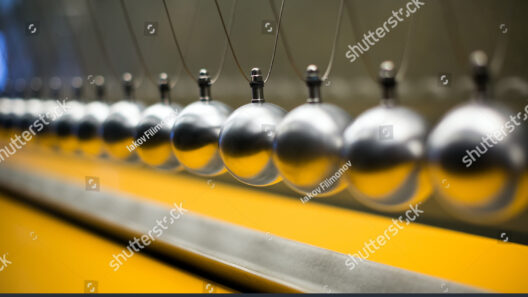Have you ever considered how much energy your home could save simply by managing the temperature within its walls? Many homeowners do not fully appreciate the critical role that insulation plays in energy conservation. While we all seek a cozy, warm environment in winter and a cool retreat in summer, the reality is that achieving these comfort levels can often lead to excessive energy consumption. Insulation serves as a formidable ally in mitigating this issue, but the question remains—are you adequately harnessing its potential? Let’s delve into how insulation contributes to energy conservation and explore the challenges that homeowners face in optimizing their insulation systems.
Insulation works on a fundamental principle: it slows down the transfer of heat between the inside and outside of a dwelling. Through its thermal resistance, known as the R-value, insulation minimizes unwanted heat loss in winter and heat gain in summer. In essence, it serves as a barrier that enhances the energy efficiency of a home. However, the effectiveness of insulation is contingent upon several factors, including type, quality, and installation precision.
There are various forms of insulation material available in the market today. Fiberglass, foam board, cellulose, and spray foam are among the most popular choices. Each offers distinct advantages and disadvantages. For example, while fiberglass is cost-effective and fire-resistant, it can be challenging to install properly in attics or walls without introducing gaps that diminish its effectiveness. Conversely, spray foam insulation provides an excellent air seal but can be more expensive and labor-intensive to install. Understanding the unique characteristics of these materials is vital for making informed decisions that align with your energy efficiency goals.
Equally important is the installation process. Improperly installed insulation can lead to air leaks, which significantly undermines its ability to conserve energy. It’s crucial to ensure that insulation fits snugly within the designated spaces and is free from compression or gaps. This brings us to a formidable challenge: even if a homeowner selects high-quality insulation, without professional installation, the results may be unsatisfactory.
One area where insulation excels is in the regulation of indoor air quality. By minimizing drafts and maintaining a consistent temperature, it discourages the growth of mold and mildew, which thrive in fluctuating climates. This aspect not only contributes to a cozy home but also fosters a healthier living environment. Yet, many homeowners overlook the impact of insulation on air quality, thereby losing out on additional long-term health benefits.
Another critical aspect of insulation is its environmental impact. Residential buildings account for a significant portion of energy consumption and greenhouse gas emissions. By utilizing effective insulation, homeowners can drastically reduce their carbon footprint. Achieving energy efficiency not only saves money on utility bills but also plays a pivotal role in combating climate change. Therefore, the endeavor to improve insulation in homes should be seen as both an individual responsibility and a collective commitment to future generations.
Let’s examine the economic implications of enhancing insulation. While upfront costs may deter some homeowners, it is essential to frame these expenditures as long-term investments. Inadequately insulated homes often lead to inflated energy bills. Over time, the financial savings generated from reduced energy consumption can offset initial expenses. Furthermore, many governmental and utility programs offer incentives for energy-efficient upgrades, making it easier to invest in insulation while ensuring financial prudence.
However, the decision-making process surrounding insulation also often leads to confusion. Homeowners may grapple with understanding the various insulation types, R-values, and installation techniques, often leading to analysis paralysis. This conundrum can result in missed opportunities for energy savings and sustainability. An informed choice necessitates research, professional guidance, and consideration of local climate conditions—all integral to realizing the full benefits of insulation.
Additionally, insulation technology continues to advance. Novel materials offer enhanced performance characteristics, increasing R-values without requiring more thickness. Smart insulation technologies, including those that adjust based on environmental cues, are beginning to enter the marketplace. Staying informed about these advancements can help homeowners make better decisions that align with energy-saving goals. Are these newer options worth the investment? That’s a playful question deserving further exploration.
It is essential to also consider the critical role of various building components in maximizing insulation effectiveness. Windows, doors, and ventilation systems significantly alter a home’s thermal dynamics, and these factors must be evaluated in conjunction with insulation. For example, poorly sealed windows can negate the advantages of even the best insulation. Employing integrated solutions, such as energy-efficient windows or heat recovery ventilators, can enhance overall efficiency and help create a holistic approach to energy conservation.
In conclusion, insulation is a central player in the quest for energy conservation and an eco-friendly lifestyle. It safeguards comfort, reduces energy consumption, and promotes healthier indoor environments while contributing to the fight against climate change. However, achieving optimal insulation requires careful consideration of materials, installation processes, and additional building factors. The balancing act between comfort, cost, and climate impact presents a unique challenge. The next time you evaluate your home, take a moment to ponder: could better insulation be the key to a cozier, more efficient living space? The answer, undoubtedly, lies in the layers of your home’s thermal envelope.







